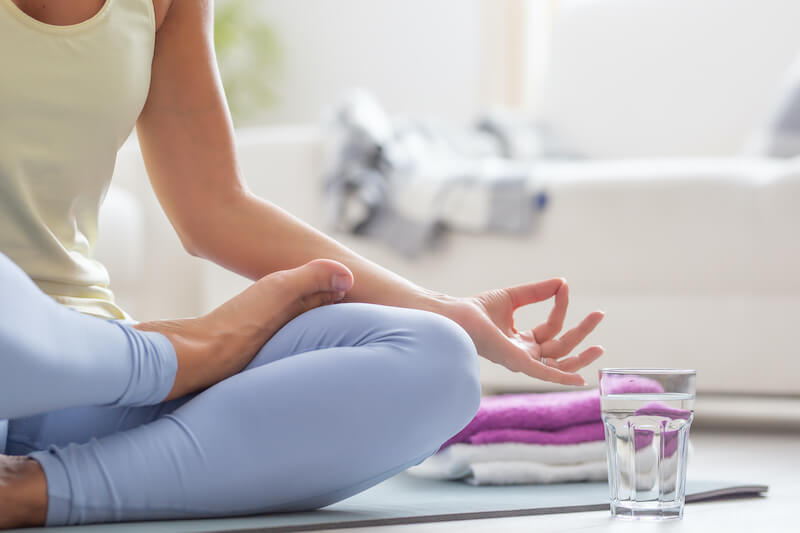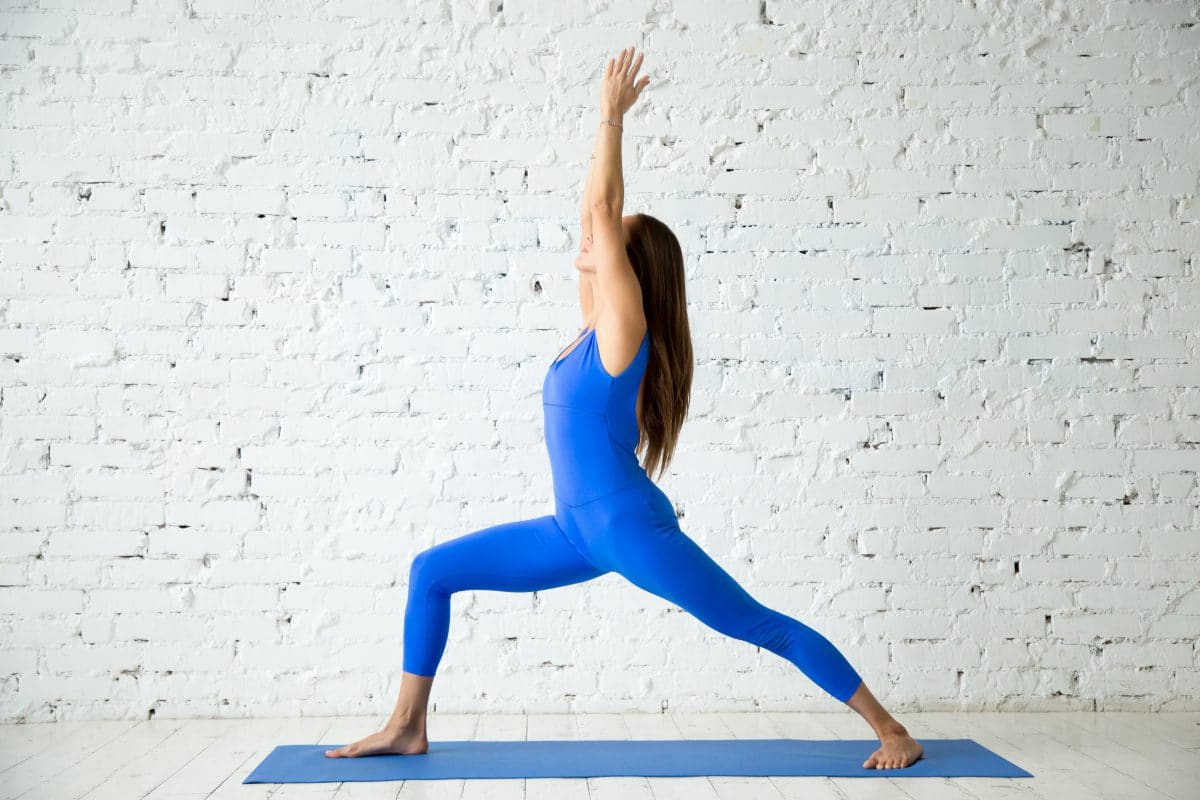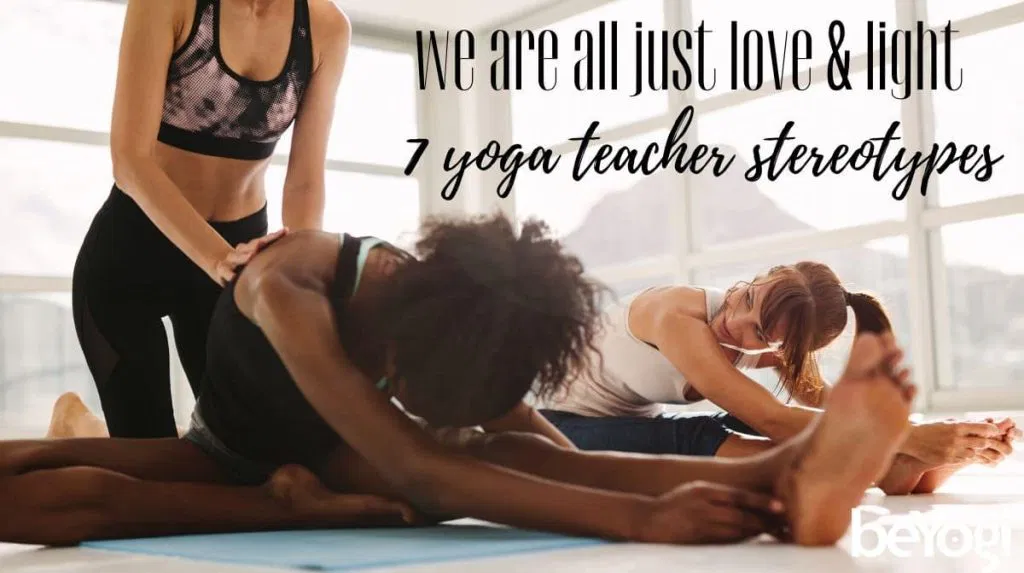14 Major Home Yoga Mistakes to Avoid (And How to Fix Them)
Practicing yoga at home can be life-changing. It offers convenience, comfort, and the freedom to move at your own pace. You can roll out your mat anytime, skip the commute, and wear your comfiest clothes. But as great as home practice is, it’s also easy to fall into some common traps—especially without the guidance of a live teacher.
Whether you’re just starting out or you’ve been doing home yoga for years, knowing what to avoid can make a huge difference in your progress, safety, and enjoyment.
Here are 14 major mistakes people often make when practicing yoga at home—and how to avoid them so your home practice stays safe, effective, and empowering.

🧘♀️ 1. Skipping the Warm-Up
When you’re short on time, it’s tempting to jump straight into the “good stuff.” But skipping your warm-up is one of the fastest ways to get injured.
Just like any workout, yoga needs a gentle start to prepare your muscles and joints. Even five minutes of Cat-Cow, shoulder rolls, or light Sun Salutations can help your body transition from stillness to movement.
Fix it: Always begin with breath-focused movements to ease into your practice. Think: spinal rolls, hip circles, and neck stretches.
📱 2. Getting Distracted by Your Phone
Practicing at home means you’re surrounded by distractions—especially your phone. Whether it’s texts, social media, or random notifications, these interruptions break your flow and pull you out of the moment.
Yoga is about being fully present. Constantly checking your phone takes away the mental and emotional benefits of your practice.
Fix it: Put your phone on Do Not Disturb or Airplane Mode. Better yet, keep it in another room during your practice.
🛏️ 3. Practicing in a Cluttered or Noisy Space
Your environment influences your energy and mindset. Trying to practice in a messy, noisy room can make it hard to focus—and that affects how deeply you connect with the practice.
Fix it: Designate a quiet, clutter-free corner of your home for yoga. Even a small space can feel sacred with a mat, soft lighting, or a calming scent.
🧍 4. Rushing Through the Poses
Without an instructor pacing the class, it’s easy to speed through poses just to “get it done.” But yoga is about the quality of movement—not how quickly you move.
Rushing through postures can lead to poor alignment, missed breath cues, and even strain or injury.
Fix it: Slow down. Spend time feeling each pose. Sync your breath with movement. A slower practice is often more effective and nourishing.
💻 5. Following Random YouTube Videos Without Checking Credentials
YouTube is filled with free yoga classes—which is awesome. But not all online instructors are created equal. Some have years of training and certification. Others… not so much.
Following unqualified teachers can lead to misinformation or unsafe cues.
Fix it: Stick with well-reviewed instructors who list their credentials (e.g., RYT-200 or RYT-500). Some popular certified teachers include Yoga with Adriene, Sarah Beth Yoga, and Fightmaster Yoga.
🤸 6. Trying to Copy Advanced Poses Too Soon
Scrolling through social media and seeing fancy headstands or deep backbends might make you want to try them—but jumping into advanced poses before you’re ready can cause serious injury.
Yoga isn’t about how “impressive” your practice looks. It’s about moving safely and mindfully.
Fix it: Master the basics first. Work on strength, balance, and foundational poses. With time and consistency, the advanced stuff will come naturally.
🤷 7. Not Listening to Your Body

At home, there’s no teacher to give feedback or offer modifications. That means you need to be your own best guide. If something feels painful or “off,” don’t push through it.
Ignoring pain can lead to strain or long-term injury—and that defeats the whole purpose of yoga.
Fix it: Tune in. Modify poses as needed. Use props. Take child’s pose anytime you need a break.
⏱️ 8. Being Inconsistent
One of the biggest benefits of home yoga is flexibility. But without a routine, it’s easy to skip days—or weeks. Inconsistency makes it hard to build strength, flexibility, and mindfulness.
Fix it: Create a regular yoga schedule, even if it’s just 10 minutes a day. Put it in your calendar or set reminders.
🧍♀️ 9. Forgetting About Alignment
When you’re alone, it’s easy to fall into bad habits with posture. Poor alignment over time can cause discomfort or limit your progress.
Fix it: Record yourself, use a mirror, or follow instructors who explain alignment in detail. Props like blocks and straps help you maintain correct form.
🛠️ 10. Not Using Props
Many people think using props (like blocks or straps) means you’re “not doing it right.” In reality, props help you do it better. They make poses more accessible and support proper alignment.
Fix it: Keep props handy—even if you’re flexible. A block under your hand, a strap around your foot, or a bolster under your knees can deepen your practice in safe, supportive ways.
🧘 11. Skipping Savasana (Final Resting Pose)
Some people think Savasana is optional—or just a nap at the end. But it’s actually one of the most important parts of your practice. It allows your body and mind to integrate everything you just did.
Skipping it means you miss the deep rest and nervous system reset that yoga offers.
Fix it: Always allow at least 3–5 minutes for Savasana. Use a blanket or pillow to make it extra cozy.
⌛ 12. Setting Unrealistic Expectations
Practicing yoga at home doesn’t need to look like a studio class. Expecting every session to be perfect, productive, or transformative will only lead to disappointment.
Fix it: Let go of perfection. Some days will feel amazing. Others might be messy. Show up anyway. That’s the real practice.
🤔 13. Not Setting an Intention
Starting your practice without a clear intention can make it feel like just another task on your to-do list.
Yoga is about connecting with yourself—physically, emotionally, spiritually.
Fix it: Take 30 seconds before each session to ask yourself: “How do I want to feel?” or “What do I need today?” Then let that guide your flow.
💧 14. Not Staying Hydrated

It’s easy to forget water when practicing at home, especially if it’s a gentle session. But movement, breathwork, and sweating all affect hydration—even in yoga.
Fix it: Keep a bottle of water nearby. Drink before and after your practice to help your muscles and joints recover.
🙋♀️ Frequently Asked Questions (FAQ)
1. Can beginners practice yoga at home safely?
Yes, absolutely! With the right guidance, beginners can start a safe and fulfilling yoga practice at home. Just start slow, focus on foundational poses, and follow credible instructors.
2. How often should I practice yoga at home?
Even practicing 3 times a week can bring great benefits. Ideally, aim for short, daily sessions (10–30 minutes) to build consistency.
3. What equipment do I need for home yoga?
At minimum, a yoga mat. Props like blocks, straps, and bolsters are helpful but not necessary—pillows and books can work too.
4. How can I stay motivated without a live teacher?
Set a schedule, track your progress, or find an accountability partner. Following a 30-day challenge or course can help maintain momentum.
5. Should I practice yoga in the morning or evening?
Either is fine—it depends on your energy levels and schedule. Morning practices energize; evening sessions help you unwind.
6. Is it okay to mix different yoga styles at home?
Yes! Try different styles to see what suits your mood and body. Just make sure you understand the basics before jumping between advanced practices.
7. How do I know if I’m doing a pose correctly?
Use a mirror, film yourself, or follow instructors with clear, detailed cues. Over time, you’ll develop better body awareness.

🌟 Final Thoughts
Home yoga is empowering, flexible, and deeply personal—but it does come with its own set of challenges. The key to getting the most out of your at-home practice is awareness. Be mindful of your space, your body, and your intention.
Avoiding these 14 common mistakes can help you create a home yoga routine that’s not just safe—but also sustainable, enriching, and truly transformative.
So roll out your mat, take a deep breath, and know this: You don’t have to get it perfect—you just have to keep showing up.
